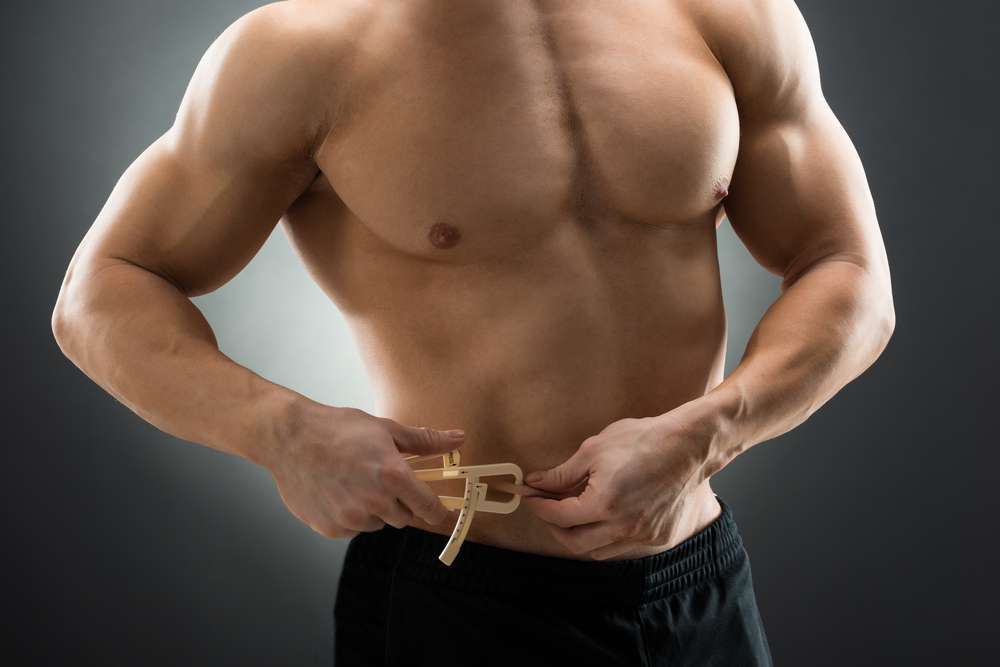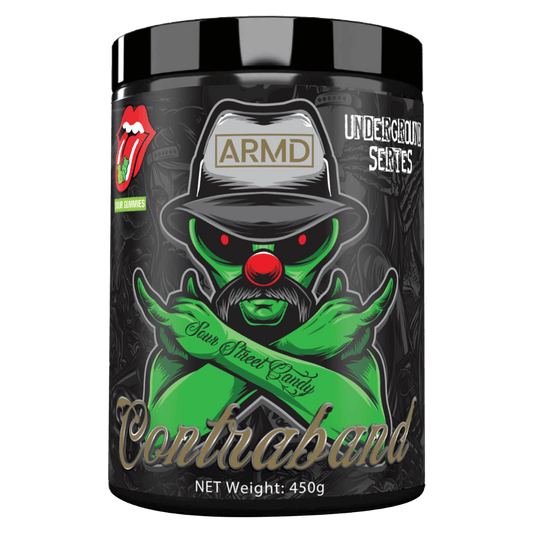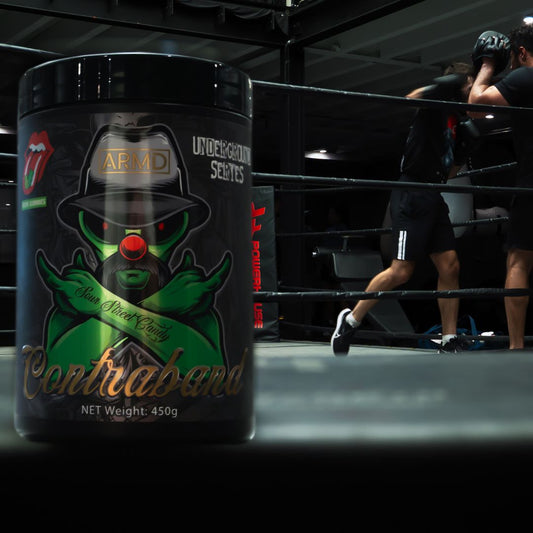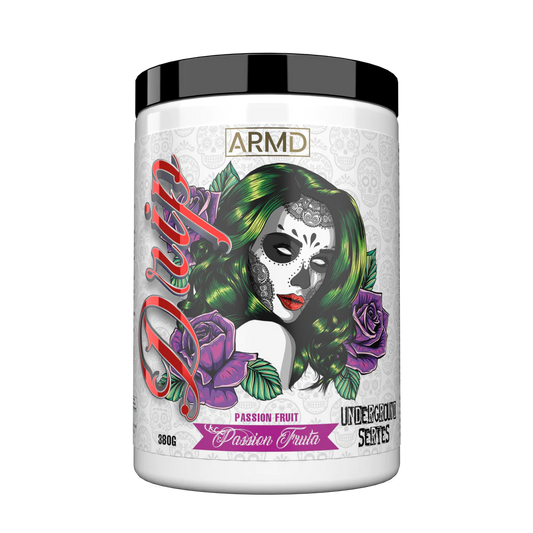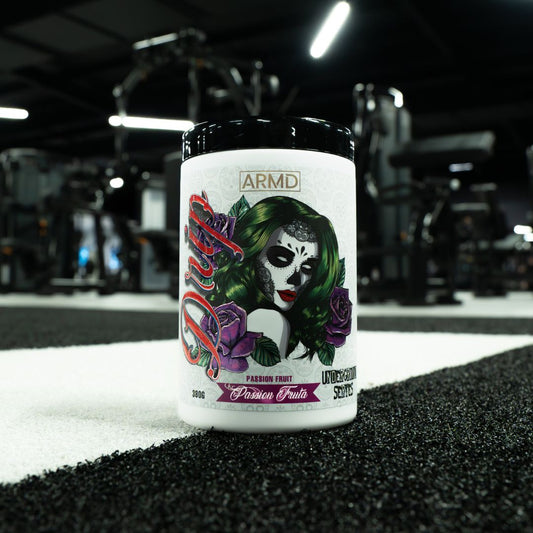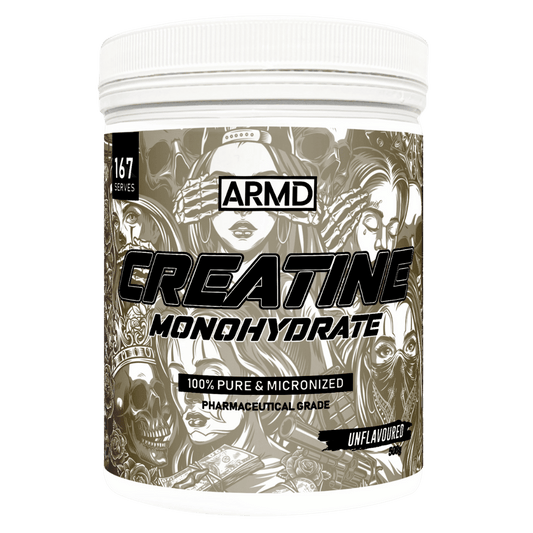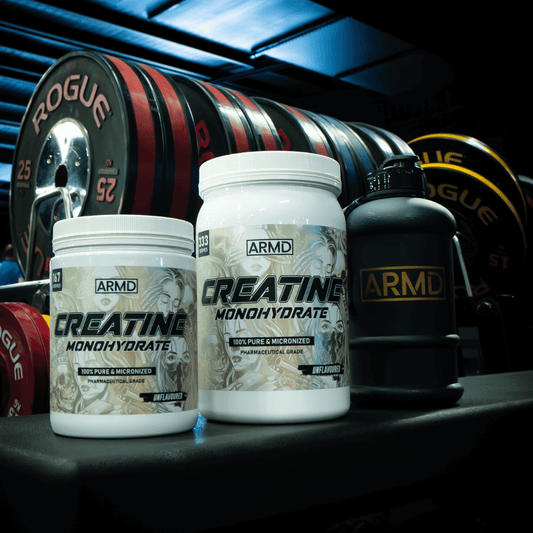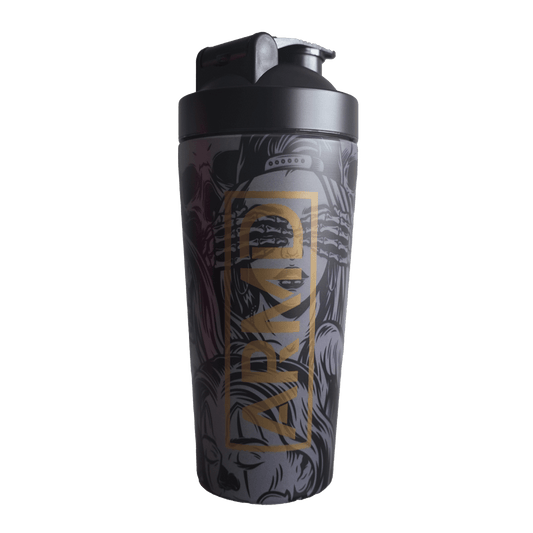Few questions carry as little weight as “How much do you weigh?”
The truth of the matter is that your weight doesn’t really tell you that much. On its own, weight is simply not a good indicator of health so if you’re battling with the scale, give yourself a much-needed break. Besides, weight fluctuates from day to day because of little factors like water retention, bowel movements and glycogen storage. A more important indicator of health is your body fat percentage (BFP). It gives you much more insight into how well balanced and healthy you really are because it is a component of your
body composition. In this blog, we’ll tackle some of the many ways you can find out what percentage of your weight is body fat.
What is my body fat percentage?
Your body fat percentage is exactly that, the percentage of your body that is fat. For example, if you weigh 75kg and your BFP is 10%, it means you have 7.5kg of fat in your body whilst the remainder of your weight (67.5kg) consists of lean body mass. Lean body mass or fat-free mass (ffm) is everything else in your body from muscle to bone, organs and blood. While low BFP is often a goal, especially when trying to develop an aesthetic physique you do still need fat in your body as it plays a critical role. Fat helps control your body temperature, acts as your body’s energy reserve and also cushions and insulates your organs.
According to the American College of Sports Medicine guidelines, the recommended BFP for females and males are as follows:
| Age |
20-29 |
30-39 |
40-49 |
50-59 |
60+ |
| Female |
16-24% |
17-25% |
19-28% |
22-31% |
22-33% |
| Male |
7-17% |
12-21% |
14-23% |
16-24% |
17-25% |
Why you should consider measuring yours
Measuring your body fat is something everyone should consider particularly because of the benefits it offers:
If you have a body composition that has less body fat you will have a higher metabolism than someone of the same size, gender and age with a higher body-fat percentage. Furthermore, you’ll carry less risk of hypertension, which is associated with higher levels of body fat.
We alluded to the fact that weight can fluctuate from day to day thanks to numerous variables. Focusing on your body composition and body fat levels as opposed to weight will help you set more realistic goals. These goals will also be more effective.
How to measure
There are numerous ways in which you can measure your body fat including:
- Bio-electrical Impedance Analysis
This method of assessing your body composition involves the placement of two electrodes which are placed on your right hand and right foot. Afterwards, a low-level electrical current (which can’t be felt) is sent through the body. The flow of the current is affected by the amount of water in your body. Tissues, like blood, that contain large amounts of fluid and electrolytes have high conductivity whilst fat slows the signal down. Using these fluctuations, the device calculates the resistance to flow of the current and then estimates your BFP.
The Dual energy x-ray absorptiometry (DEXA assesses total body bone mineral density and measures the body's soft tissue composition.
The procedure takes roughly 15 minutes. You will be asked to lie down on a table where a small X-ray will scan your lumbar spine and both hips. These images will show the bone mineral (calcium) content and give a detailed snapshot of your body composition.
The BOD POD is an Air Displacement Plethysmograph (ADP) that uses a similar principle to underwater weighing, whole body densitometry. It measures your weight using a very precise scale, and volume while you sit inside the BOD POD.
Hydrostatic underwater weighing measures your body composition using the Archimedes' Principle of displacement. The principle states that the buoyant force on a submerged object is equal to the weight of the fluid that is displaced by the object.
First you will be weighed under normal conditions then you will get into a large tank of water. While sitting on a specially designed scale you will be lowered into the water and asked to exhale removing all air from your lungs and stay still while you are measured. This will be repeated three times with an average being taken.
This method uses a pair of callipers that are specially designed to form and measure the thickness of skinfolds in order to estimate the amount of body fat. The skinfold method is based on the notion that 50% of total body fat lies under the skin.
Powerhouse lives, breathes and loves fitness. We sample everything we sell because we have a passion for what we do. If you’re battling with breaking your body fat barrier try one of our quality
fat burners to give your metabolism the boost it needs. For a comprehensive range of supplements that will help you hit your fitness goals with no associated health risks,
get in touch today.
